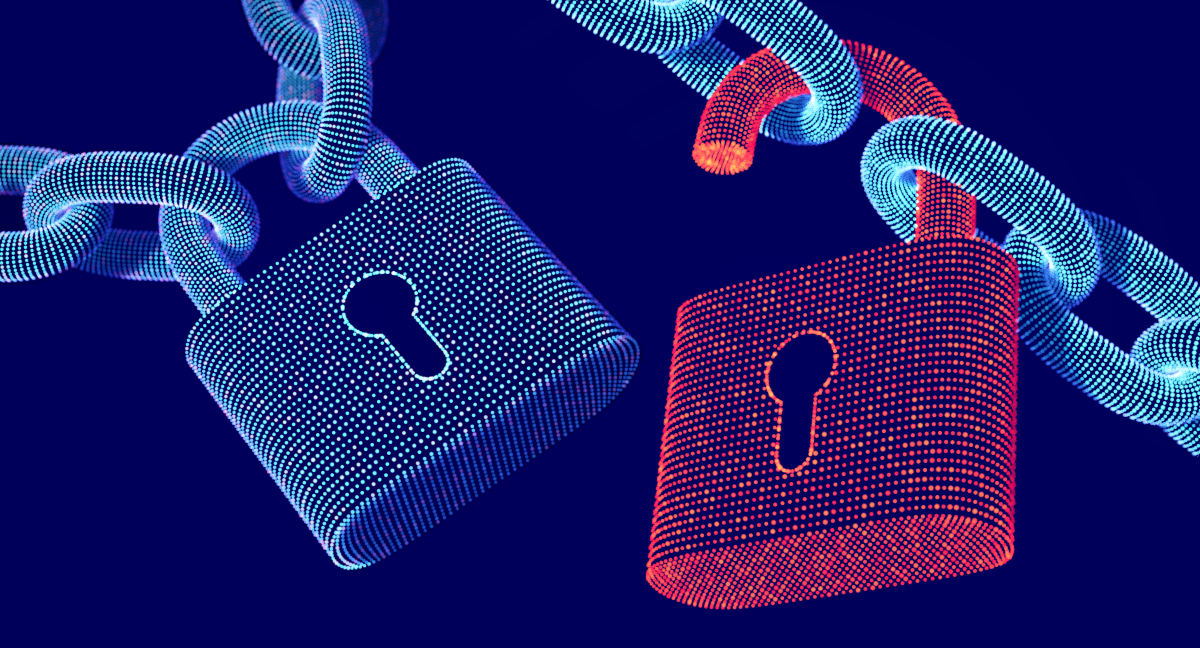Security and Privacy: Top Priorities for Software Development in 2023
Safeguarding Your Users and Data with Advanced Solutions
Software development propels innovation across industries in the ever-evolving technology landscape. Protecting security and privacy becomes more important as our reliance on digital technology increases. Developers will encounter new difficulties and chances to use cutting-edge tactics in 2023. It is crucial to protect users and sensitive data. The top five security and privacy strategies that will influence software development in 2023 are examined in this blog. By putting these strategies into practice, you can protect your software against changing threats while staying ahead of the curve. To ensure a secure and privacy-focused digital future, embrace Zero Trust Architecture, Multi-Factor Authentication, DevSecOps Practices, AI-based Threat Detection, and Privacy Compliance.
1. Putting Zero Trust Architecture into Practice
The old security strategy focused on perimeters is inadequate in the modern era of persistent cyber threats. Then there is the emerging technology known as Zero Trust architecture. It is based on the idea of “never trust, always verify,” and regardless of where a person or system is located, it sees them as unreliable until it can be demonstrated differently. Every access request is rigorously authorized and authenticated. Developers strengthen their security architecture by adopting Zero Trust, which lowers the possibility of unauthorized access and data breaches. This proactive strategy creates a more secure digital environment where confidence is earned rather than taken for granted, protecting vital data from bad actors.
2. Supporting MFA (Multi-Factor Authentication)
Sensitive data cannot be sufficiently secured by passwords alone. Multi-Factor Authentication (MFA) will be essential for software security in 2023. By requesting several kinds of identification from users, such as passwords, biometric information, or one-time verification codes, MFA adds an extra layer of security. The risk of unauthorized access is significantly reduced by this multi-layered strategy. A second factor offers security even if a password is taken. By implementing MFA, you can ensure that only authorized users have access to sensitive data, preventing potential security breaches and enhancing data protection in the ever-evolving digital world. Keep ahead of cyber predators with this essential security technique.
3. Giving DevSecOps practices priority
DevSecOps places a premium on integrating security into the software development lifecycle. Developers will give priority to these procedures in 2023 and integrate security considerations into all phases of the project. DevSecOps proactively finds and resolves possible vulnerabilities using automated security checks, continuous monitoring, and vulnerability assessments. With this approach, software and user data are protected from data breaches and vulnerabilities. Programmers harden the environment and guarantee that bugs are swiftly discovered and corrected by incorporating security at every step of development. DevSecOps practices will ensure a proactive approach to fighting against cyber-attacks in 2023, boosting user confidence in software.
4. Using machine learning and AI to detect threats
Because cyberattacks are growing increasingly complex, advanced solutions are needed. In 2023, finding and minimizing security vulnerabilities will be greatly aided by machine learning (ML) and artificial intelligence (AI). By analyzing vast volumes of data, AI and ML are able to identify trends, abnormalities, and potential threats in real-time. AI-driven security systems enable developers to stay ahead of emerging risks and take immediate action to protect consumers and their products. By utilizing the power of AI and ML, developers may fortify their defenses and enhance their ability to successfully resist changing cyber threats. Adopting this cutting-edge technology will be necessary to maintain a secure digital environment in 2023.
5. Adhering to Standards and Regulations Regarding Privacy
Even if data breaches continue to make the headlines, data privacy is still a major concern for both users and authorities. Developers will need to strictly abide by privacy regulations and industry standards by 2023. Whether adhering to the General Data Protection Regulation (GDPR) or sector-specific rules, strict compliance assures the ethical treatment of user data and increases customer trust. By fostering user loyalty and trust, a privacy-first mindset aids software developers in establishing a positive reputation. Developers may contribute to the creation of a more secure digital environment where users’ personal data is protected and trust is upheld by giving data privacy a high priority.
Conclusion
Data privacy is still a top issue for users and authorities even if data breaches continue to make the news. By 2023, developers will have to adhere rigorously to privacy laws and industry norms. Strict compliance ensures the ethical management of user data and fosters customer trust, whether it’s done in accordance with the General Data Protection Regulation (GDPR) or industry-specific regulations. A privacy-first attitude assists software developers in developing a positive reputation by encouraging user loyalty and trust. By placing a high premium on data privacy, developers may help build a more secure digital environment where users’ personal information is secured and trust is upheld.

